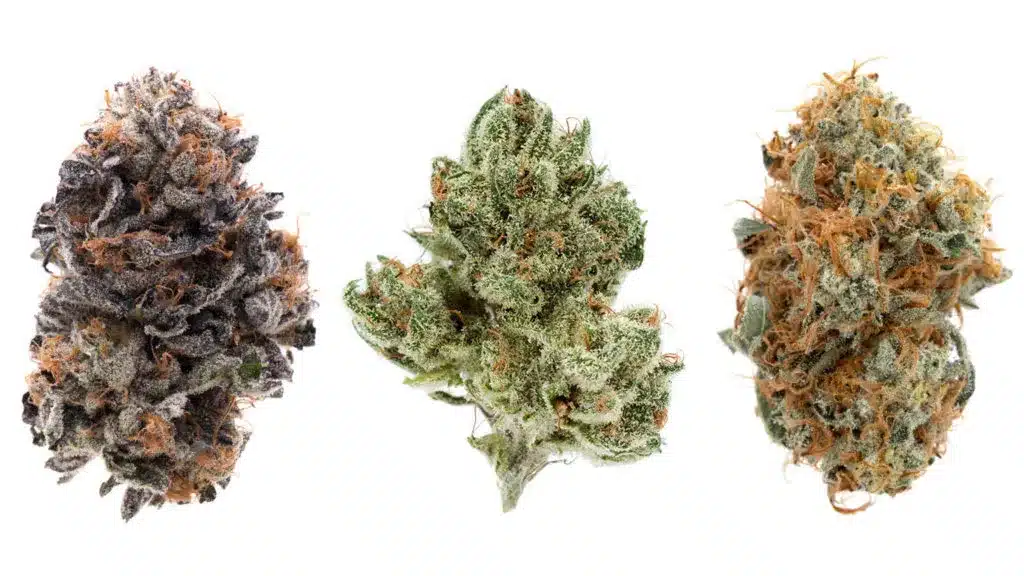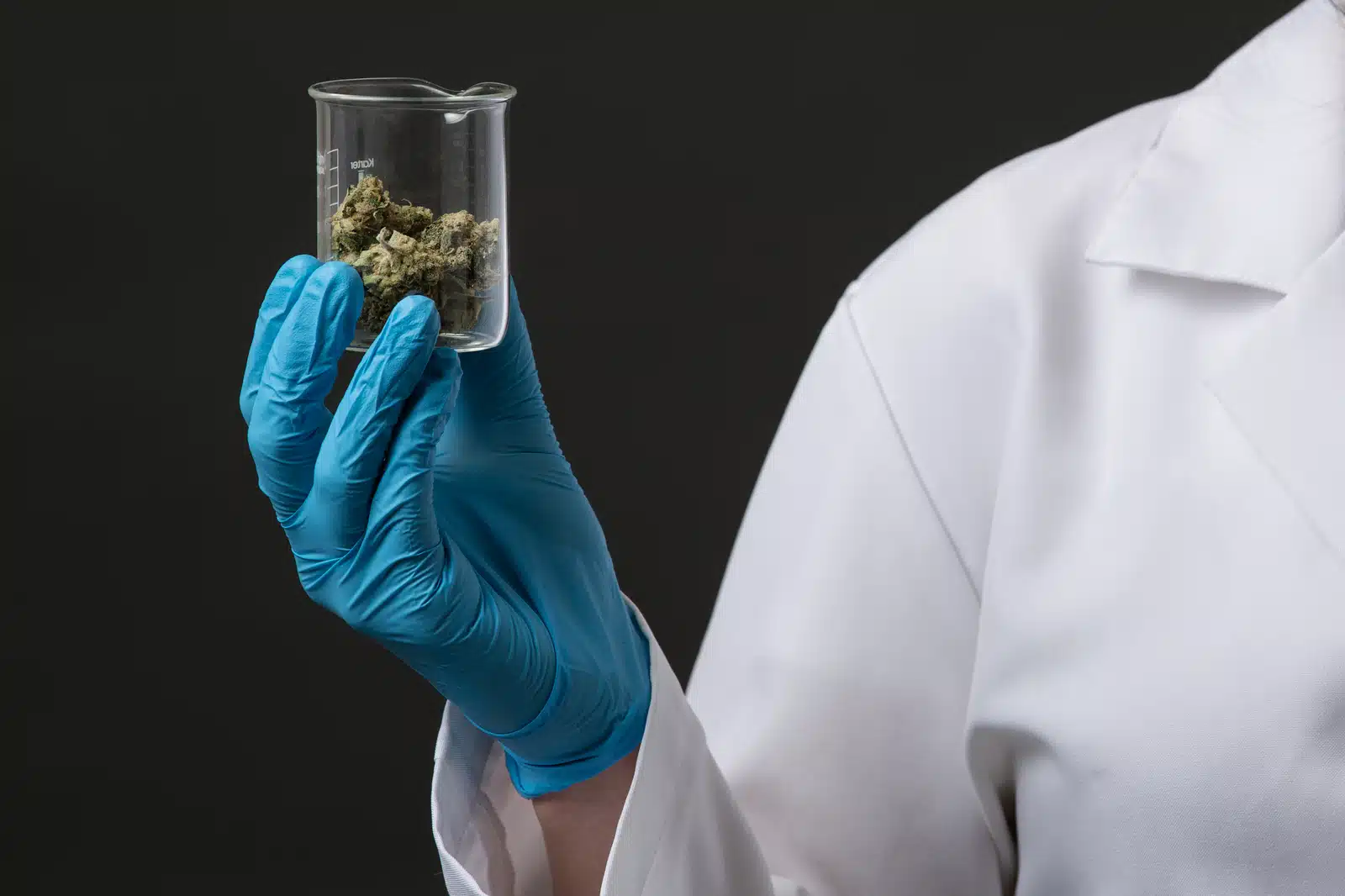As you walk into a dispensary, the multitude of cannabis strains may seem daunting. This guide aims to clarify the complexities of strains, their attributes, and the factors to consider when selecting one.
Understanding Cannabis Strains
Delving into the history of cannabis, it is believed to have emerged from central Asia. As the plant journeyed across the globe, it was cultivated and gradually acclimated to diverse environments, leading to the evolution of the so-called landrace strains.
As time progressed, these landraces were crossbred, forming new strains through the combination of different male and female plants. This process has led to the vast array of cannabis plants we know today, known as strains.
Owing to the prohibition of cannabis in previous centuries, cannabis cultivation has historically been a clandestine activity. Thus, detailed botanical classifications, such as those for other plants like tomatoes, are not as thoroughly documented for cannabis.
What Sets Cannabis Strains Apart?
Several factors contribute to a strain’s uniqueness:
- Cannabinoid Content: A multitude of cannabinoids are present in the cannabis plant. They interact with the human body’s endocannabinoid system, resulting in diverse effects. The cannabinoid content of a strain, or the proportion of cannabinoids like THC and CBD, differentiates one strain from another. For instance, strains high in THC and low in CBD can be more intoxicating, while a 2:1 CBD to THC ratio may yield more relaxing effects with less intensity.
- Terpene Content: Terpenes, found in cannabis, contribute not only to the flavor and aroma but also enhance the effects of cannabinoids and other cannabis molecules in the body and mind. Each strain has unique terpene profiles and concentrations, thereby providing different flavors, aromas, and effects.
- Environmental Factors: Variables during cultivation, such as soil nutrients, can influence both the terpene and cannabinoid profiles. Thus, the same cannabis grown under different conditions could yield different strains.
Breaking Down Indicas, Sativas, and Hybrids
You may have heard the terms indica, sativa, and hybrid used in reference to cannabis strains. Unfortunately, these terms often lead to misconceptions.
Many people assume that these classifications indicate specific effects: sativas leading to an energizing, cerebral high; indicas inducing relaxation, mellowness, and drowsiness; and hybrids resulting in a blend of both.

A strain’s classification as indica, sativa, or hybrid isn’t actually about any particular effects. It’s about the physical characteristics and structure of the plant.
In reality, these classifications of indica, sativa, or hybrid refer to the physical traits and structure of the plant, which are more useful for growers than consumers.
For cultivation purposes, knowing the classification is beneficial. But when it comes to choosing the right strain for consumption, these classifications become less significant.
Tips for Selecting a Cannabis Strain
Several factors should guide your strain selection process:
- Flavor and aroma: A strain’s terpene profile can deliver a range of flavors and aromas. Choose one based on your preference for a particular intensity of flavor and aroma.
- Desired Outcomes: As individual reactions to cannabis can vary, it’s impossible to guarantee a specific effect. However, selecting strains with a certain cannabinoid and terpene profile might increase the likelihood of achieving your desired outcome.
- Potency: Strains differ in terms of cannabinoid concentration, particularly THC, thus varying in potency. Consider your desired level of intensity when selecting strains.
- Cultivation Technique: You might prefer cannabis grown indoors or outdoors, guiding your choice of strains.
- Potential Medical Benefits: Some strains may have medicinal properties due to their cannabinoid ratio or terpene profile. If you aim to use cannabis for medical purposes, consult a medical professional for strain recommendations.
- Budget: Strains are available at various price points, so consider your budget when making your selection.
The Necessity of Laboratory Testing
Understanding a strain’s characteristics is key to making an informed choice, and that’s where laboratory testing becomes essential.
Legally sold cannabis must undergo rigorous testing to determine the cannabinoid and terpene profiles of each strain and to ensure the plant is free from harmful levels of pesticides, fungicides, or other chemicals.

Not only does lab testing let you know what’s in your strain, but it also lets you know that the cannabis you’re consuming is safe.
Lab testing not only helps you decide which strain to try by letting you know what’s in your strain, but also guarantees the safety of the cannabis you consume.
Finding the Perfect Strains for You
Choosing cannabis strains isn’t a one-size-fits-all task. You might find that your reaction to certain strains differs from others. Now that you are equipped with knowledge about the defining characteristics of each strain and how to evaluate them, you are ready to explore the market and select the strains that are perfect for you.


